Single Layer Graphene (Graphene Factory)
Monolayer Graphene Factory Powder
Product Detail
CAS No.: 7782-42-5
Single-layer graphene (graphene factory) is a research-grade single-layer graphene. The 1-5 atomic layer graphene nanosheets are produced in bulk using thermal exfoliation hydrogen reduction. This and all other graphene products are produced by ACS Material to meet the highest standards for quality, purity, and consistency. Contact us today for more information about single-layer graphene.
| Preparation Method | Thermal exfoliation reduction + Hydrogen reduction |
| BET surface area (m2/g) | 650~750 |
| Conductivity (S/m) | 500~700 |
| Layers | 1-5 atomic layer graphene nanosheets |
| Lateral size (µm) | 0.5-5 |
| Oxygen (at%) | 7-7.5 |
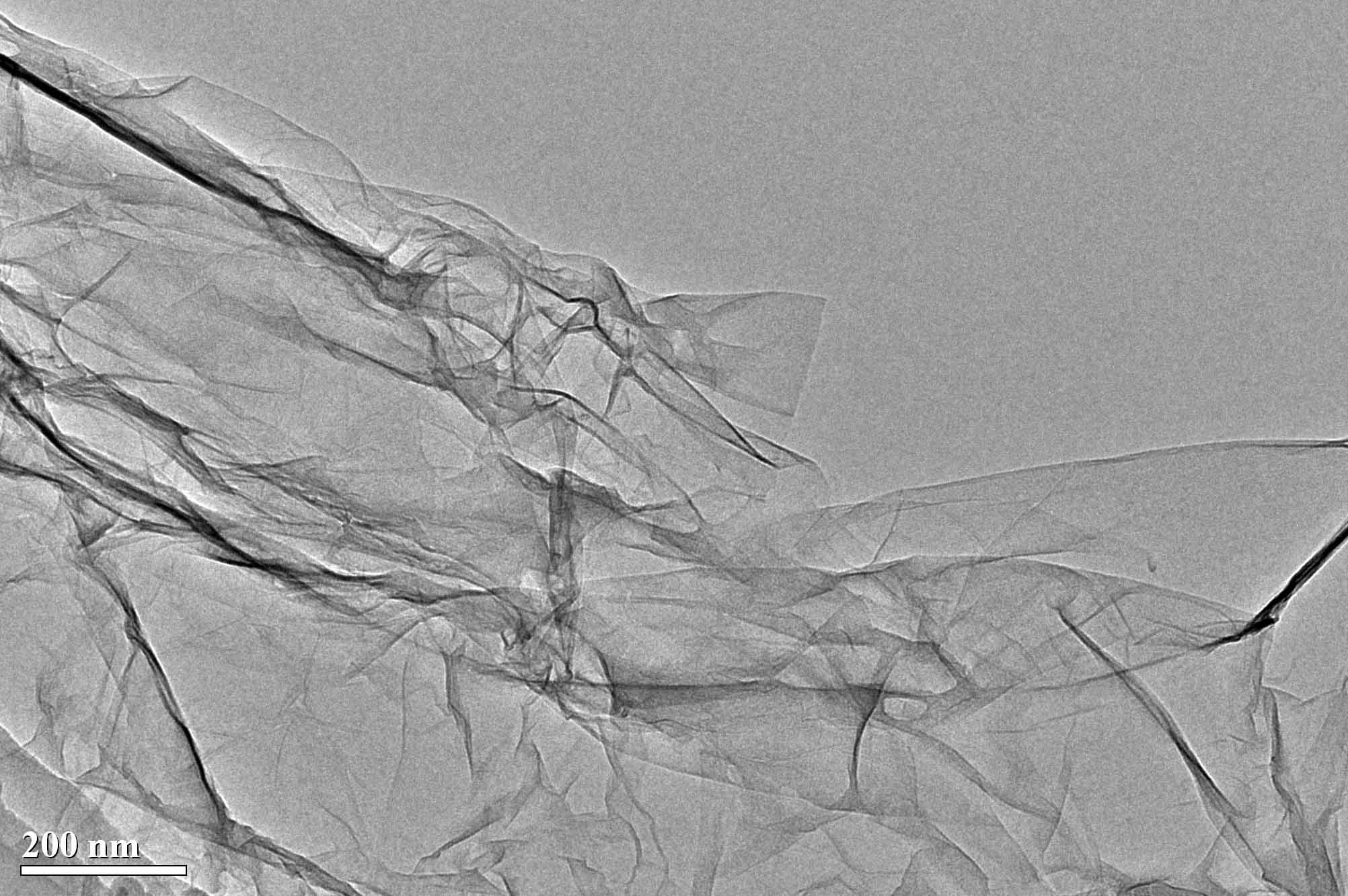
TEM Image of Single Layer Graphene (ACS Material-Graphene Factory)
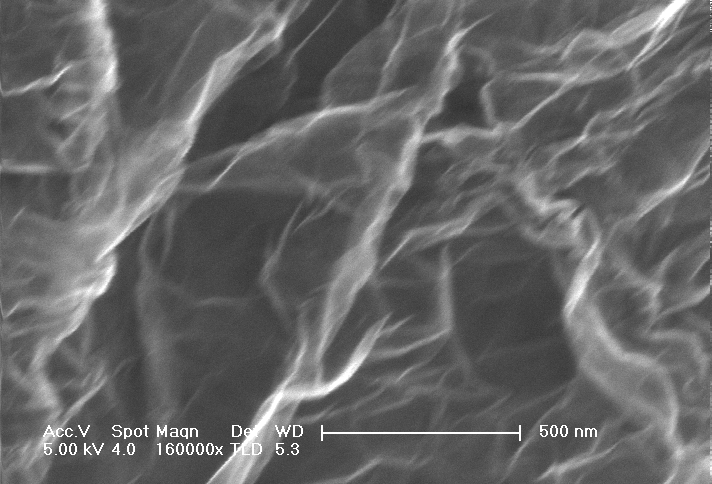
SEM Image of Single Layer Graphene (ACS Material-Graphene Factory)
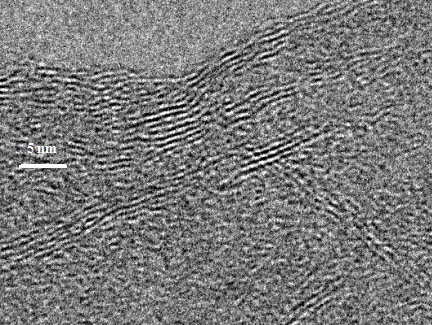
HRTEM Image of Single Layer Graphene (ACS Material-Graphene Factory)
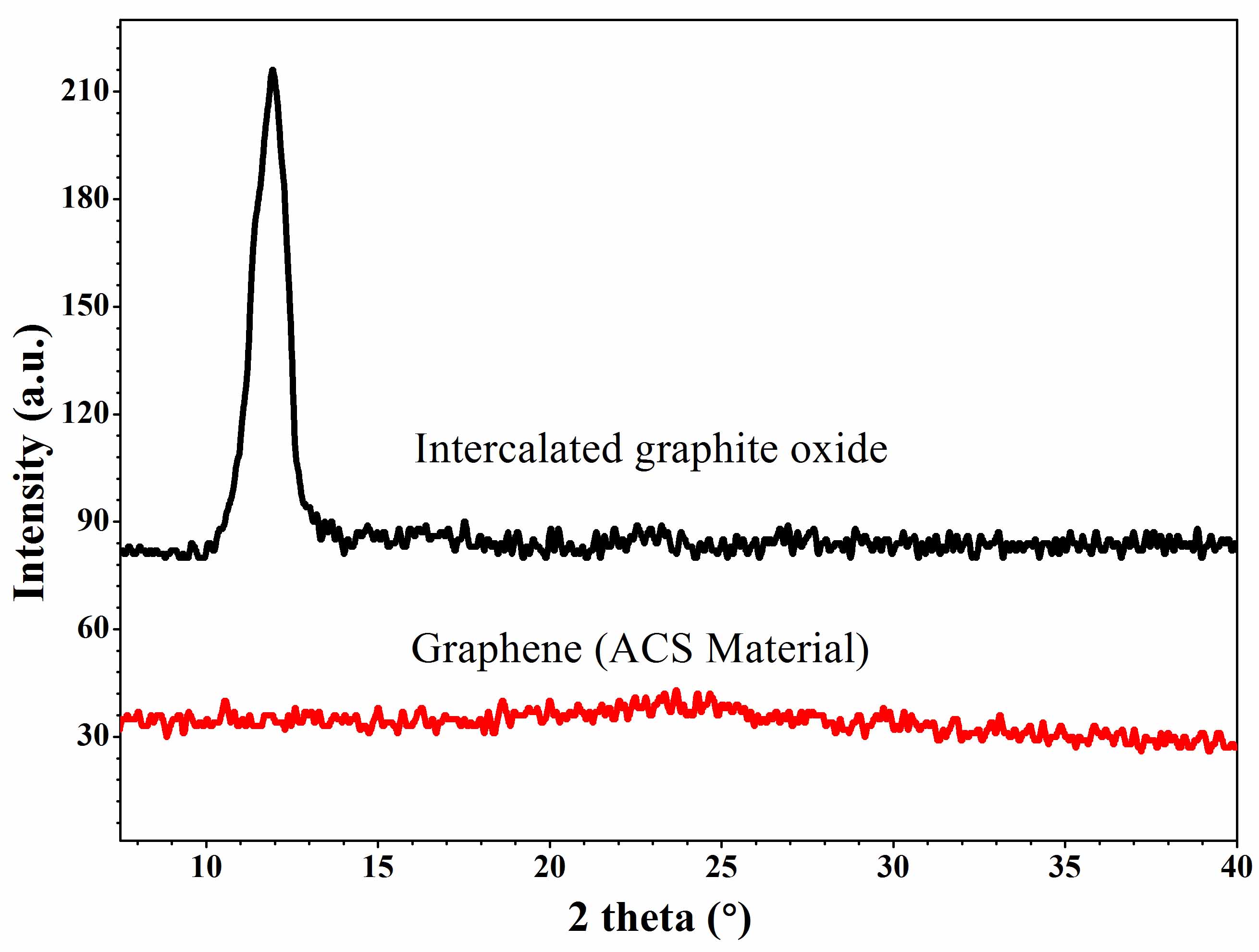
XRD Patterns of Single Layer Graphene (ACS Material-Graphene Factory)
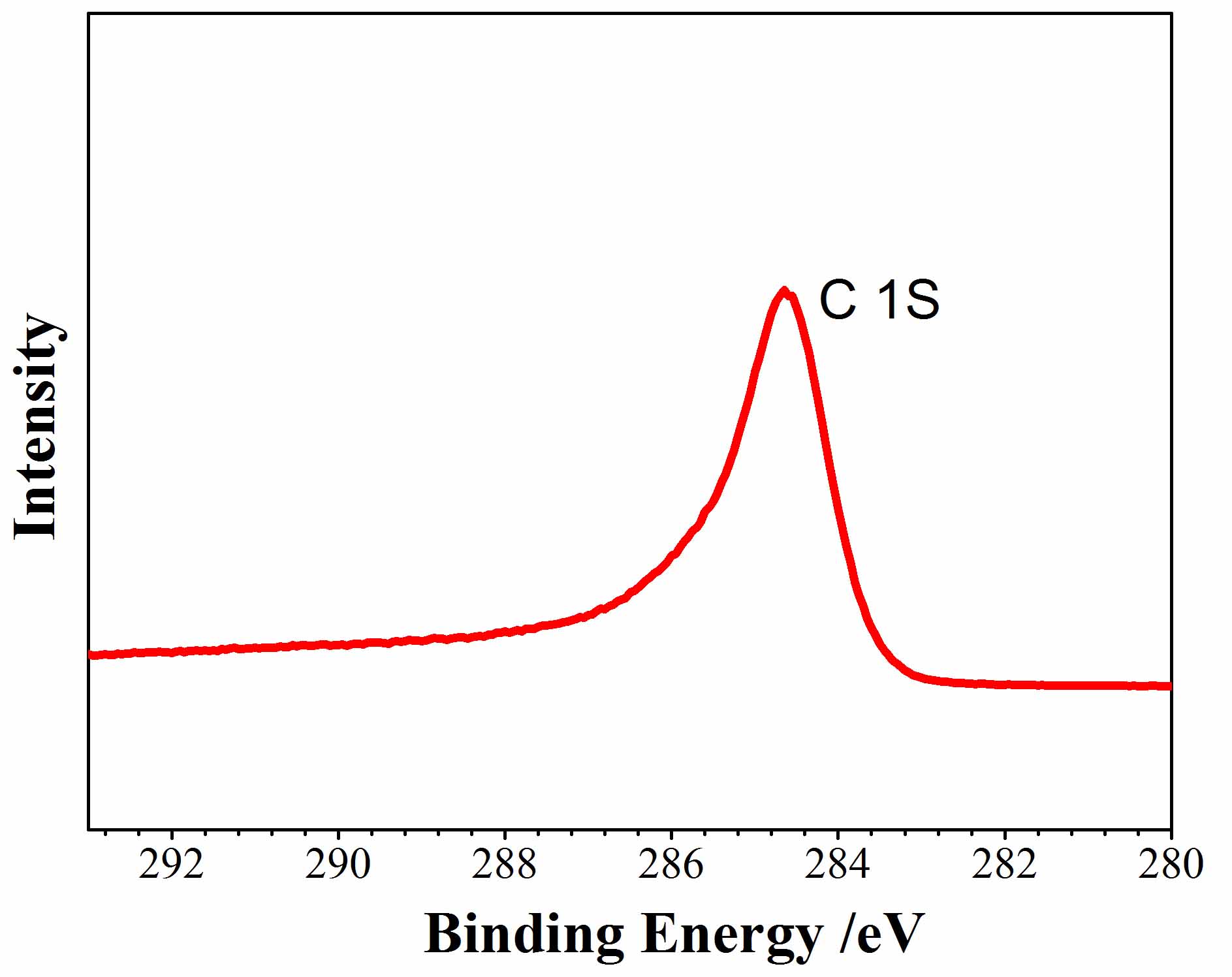
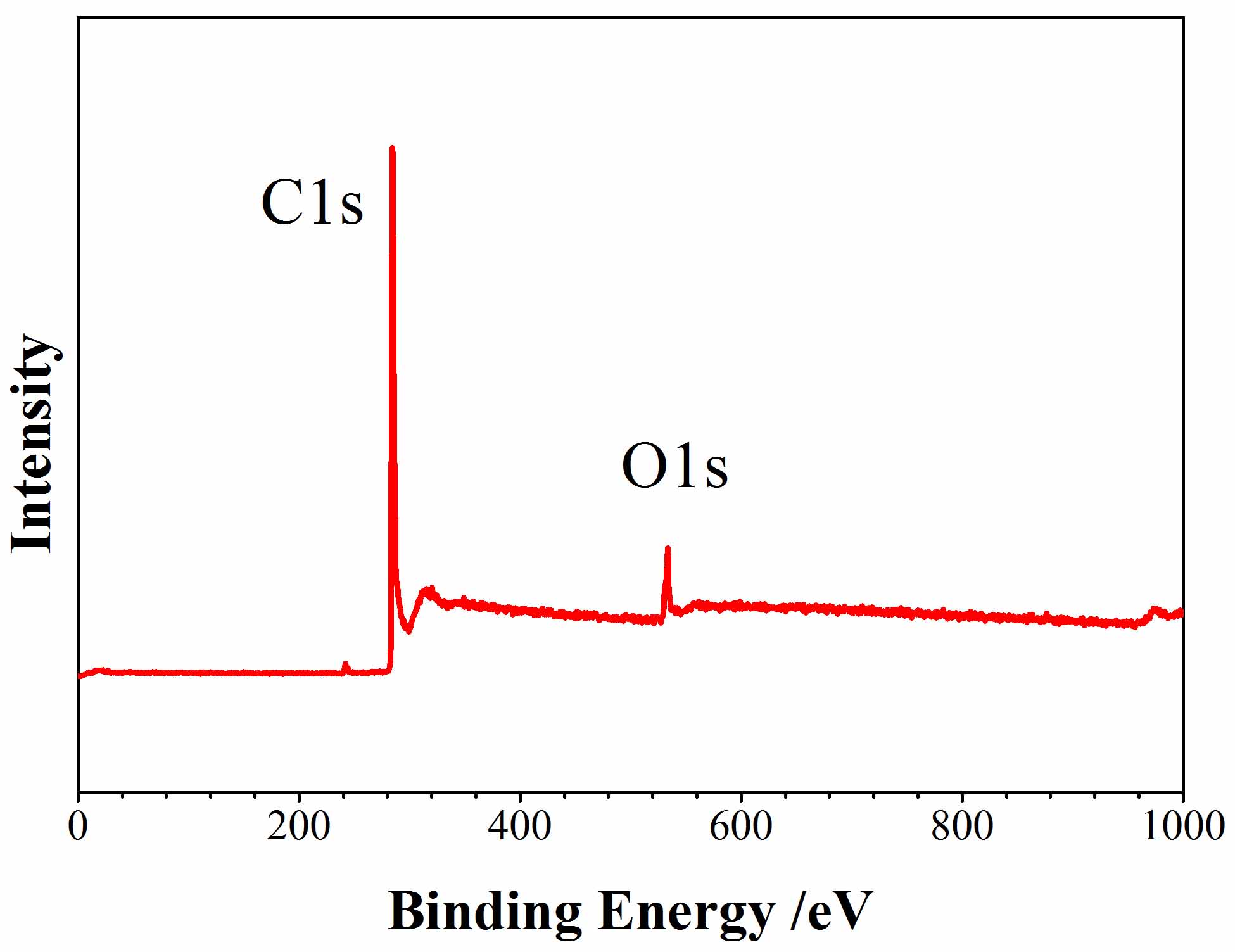
XPS Patterns of Single Layer Graphene (ACS Material-Graphene Factory)
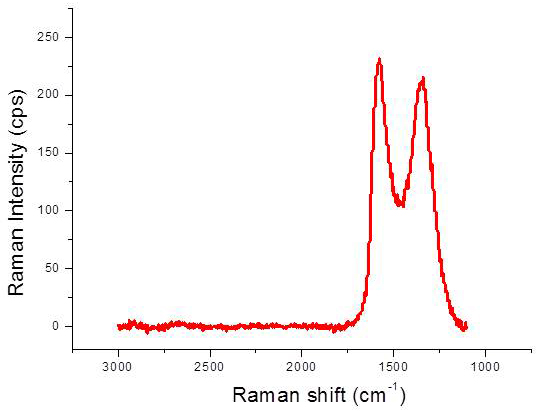
Raman Spectrum of Single Layer Graphene (ACS Material-Graphene Factory)
Disclaimer: ACS Material LLC believes that the information on our website is accurate and represents the best and most current information available to us. ACS Material makes no representations or warranties either express or implied, regarding the suitability of the material for any purpose or the accuracy of the information listed here. Accordingly, ACS Material will not be responsible for damages resulting from use of or reliance upon this information.
Research Citations of ACS Material Products
- Chaiyo, Sudkate, et al. “Electrochemical sensors for the simultaneous determination of zinc, cadmium and lead using a Nafion/Ionic liquid/Graphene composite modified screen-Printed carbon electrode.” Analytica Chimica Acta, vol. 918, 2016, pp. 26–34., doi:10.1016/j.aca.2016.03.026.
- Illakkiya, J. Tamil, et al. “Nebulized spray pyrolysis: a new method for synthesis of graphene film and their characteristics.” Surface and Coatings Technology, vol. 307, 2016, pp. 65–72., doi:10.1016/j.surfcoat.2016.08.051.
- Illakkiya, J. Tamil, et al. “Nanoarchitectured Semiconducting Photoelectrodes for Enhanced Stability and Photon Conversion Efficiency.” Carbon, vol. 111, 2017, pp. 713–721., doi:10.1016/j.carbon.2016.09.042.
- Nieto, Andy, et al. “Graphene reinforced metal and ceramic matrix composites: a review.” International Materials Reviews, vol. 62, no. 5, 2016, pp. 241–302., doi:10.1080/09506608.2016.1219481.
- Tiwari, Santosh Kr., et al. “Conductive Polymer Composites Based on Carbon Nanomaterials.” Springer Series on Polymer and Composite Materials Conducting Polymer Hybrids, Mar. 2016, pp. 117–142., doi:10.1007/978-3-319-46458-9_4.
- Chaiyo, Sudkate, et al. “Non-Enzymatic electrochemical detection of glucose with a disposable paper-Based sensor using a cobalt phthalocyanine–ionic liquid–graphene composite.” Biosensors and Bioelectronics, vol. 102, 2018, pp. 113–120., doi:10.1016/j.bios.2017.11.015.
- Lazarević-Pašti, Tamara, Vladan Anićijević, Miloš Baljozović, Dragana Vasić Anićijević, Sanjin Gutić, Vesna Vasić, Natalia V. Skorodumova, and Igor A. Pašti. "The impact of the structure of graphene-based materials on the removal of organophosphorus pesticides from water." Environmental Science: Nano (2018).
- Ali, Nafisa, Priyabrata Pal, Fawzi Banat, and Chandrasekar Srinivasakannan. "Selective removal of diethanolamine from methyldiethanolamine solution using chemically reduced single-layer graphene and activated carbon." Separation Science and Technology (2018): 1-11.

